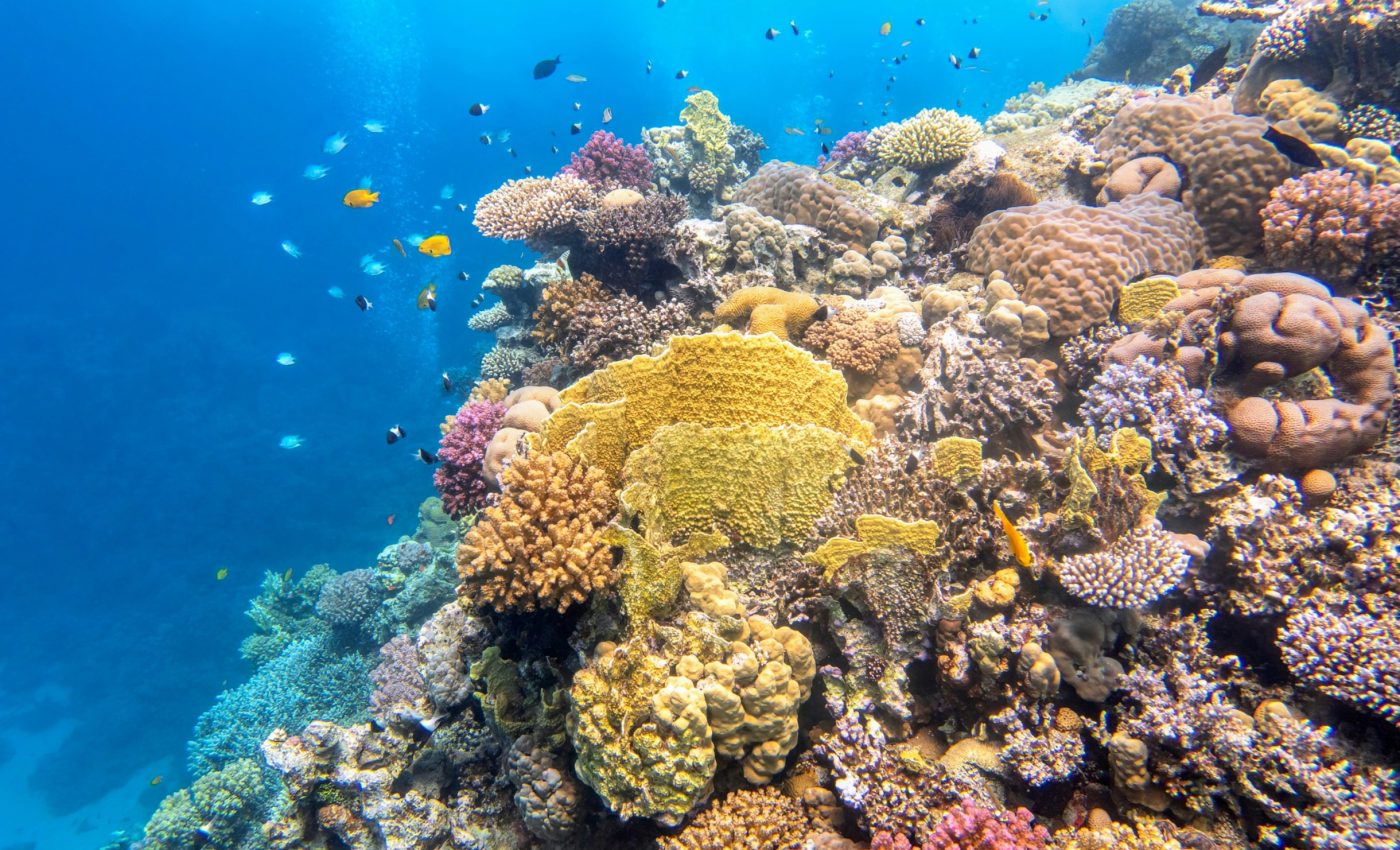
'Multivitamins' could save coral reefs from climate destruction
Corals act more like us humans than one might think. These aquatic structures host an array of marine life while also depending on their microenvironment to survive and grow. Just like humans take multivitamins to stay healthy, corals rely on essential nutrients to thrive.
Multivitamins for corals
Enter the researchers at the Woods Hole Oceanographic Institution (WHOI). They’ve been busy in the lab, testing an innovative concept: nutrient-infused tiles aimed at supercharging the immune system of corals. It’s like a daily multivitamin, but for corals.
The goal? They aim to prevent coral bleaching, and to help corals to weather the stress of shifting ocean temperatures and to bounce back from harsh climate events such as hurricanes.
“We are studying how corals react when grown on substrates that have been infused with essential metal micronutrients, like manganese, zinc, and iron,” explained Colleen Hansel, a senior scientist and marine chemist at WHOI.
There’s an urgency to this work, as rapidly warming waters and an active hurricane season make field trials difficult.
However, hope is not lost. Preliminary data harvested from a year’s worth of lab experiments suggests that corals which received a nutrient boost early on were more resilient and resistant to heat stress.
A reef brought to life
Armed with this data, the team’s next plan is to take these nutrient-infused tiles and embed them in an artificial reef.
Designed by experts at the University of the Virgin Islands (UVI), this 20 sq. meter (216 sq. ft.) concrete setup will offer a safe home to juvenile corals that need multivitamins.
It also doubles as a settling spot for coral larvae, while the nutrient-rich tiles ensure vitamins are dispersed into the surrounding waters. This not only promotes coral growth, but also prepares them for environmental stressors.
“The artificial reef we’re building is going in next to a natural reef that has been severely impacted by marine heat waves and extreme storm events,” explained Marilyn Brandt, a coral disease ecologist at the UVI.
This man-made marvel won’t just fend off storm surges and erosion, it will also create a habitat for corals struggling to adapt to climate change effects. The ultimate goal of the reef’s establishment is to help restore the natural reefs in the area.
Monitoring corals and multivitamin tiles
To ensure the ongoing success of this cutting-edge approach, continuous monitoring and adaptation are integral. Scientists plan to deploy advanced monitoring systems that will track coral health metrics in real-time.
This will include assessments of coral growth rates, color changes indicative of stress, and local water conditions. Such data will allow researchers to alter their strategies promptly, adjusting nutrient concentrations or tile placements as necessary to optimize coral resilience.
A dynamic interplay between technology and ecological understanding will ultimately support these living structures in adapting to ever-changing marine environments.
Community engagement and education
Beyond laboratory experiments and scientific endeavors, community engagement plays a pivotal role in coral conservation. Educational initiatives aim to involve local communities and raise awareness about the importance of coral ecosystems.
Workshops, seminars, and hands-on restoration activities promote a sense of stewardship among residents and visitors alike. By incorporating traditional knowledge and local insights, these programs ensure a holistic approach to coral reef preservation.
As communities learn and participate in restoration efforts, they contribute to a sustainable model that may serve as a blueprint for similar conservation projects globally.
Balancing the ecosystem
Of course, in the grand scheme of the ocean world, balance is key. While the “multivitamin” tiles will help corals, researchers are cautious that they don’t end up favoring a specific coral type or promote the intrusion of unwanted species.
As a result, Brandt, Hansel, and their colleagues are keen to examine this while generating a diverse environment beneficial to the reef ecosystem.
“We need to be sure an artificial reef looks and sounds as similar to a natural reef as possible,” said Hansel. “That doesn’t consist of just coral, but also sponges, anemones, and other biogeochemical components of the reef ecosystem.”
Thus, it’s evident that these nutrient-infused tiles, created with dedication and an innovative spirit, could provide a vital lifeline for coral reefs in these changing times.
Could this be the answer to coral resilience? As with much in science, time and rigorous testing will tell. For now, let’s look forward to more revealing studies on this exciting development.
—–
Like what you read? Subscribe to our newsletter for engaging articles, exclusive content, and the latest updates.
Check us out on EarthSnap, a free app brought to you by Eric Ralls and Earth.com.
—–













